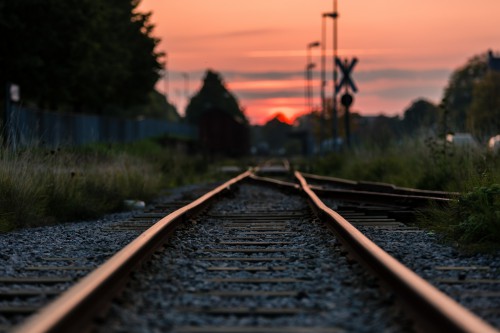Effects of Creep of Rails
The common effects of the creep of rails are as follows:

1. Sleepers move out of position, This affects the gauge and alignment of the track.
2. The surface of the track gets disturbed. This results in uncomfortable riding.
3. At some places, excessive stresses may develop in fish plates and bolts due to creep. This results in breaking the bolts. The rails are also battered at the ends.
4. In some places, joints are jammed. This prevents the required expansion of rails.
5. The points and crossings get disturbed and the movement of switches becomes difficult.
6. If any rail is removed from the track for any purpose, it becomes difficult to fix it again at the proper position because the gap of this rail becomes either too short or too long due to creep.
7. The ballast is forced out of place.
8. Besides these effects, smashing of fish plates and fish bolts, bending of bars, and kinks at rail joints are common effects of creep.
Read More: